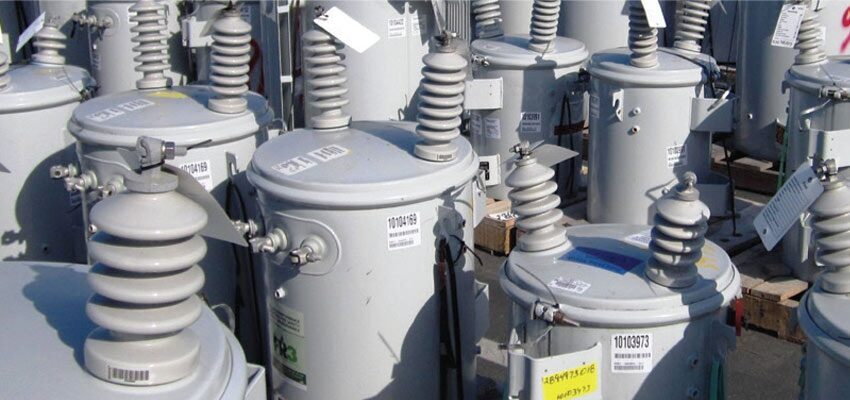
Overloading
The effects of overload on distribution transformers Abstract Southern California Edison removes approximately 30,000 medium voltage transformers from service annually. Approximately 2,000 of these units...
byRobert BREAZEAL

The effects of overload on distribution transformers
Abstract
Southern California Edison removes approximately 30,000 medium voltage transformers from service annually. Approximately 2,000 of these units are subjected to condition assessment testing to determine suitability for reinstallation. The challenge in assessment testing lies in accurate interpretation of the measured parameters. This is particularly problematic when evaluating distribution class transformers which are routinely subjected to overloads and voltage transients. With this challenge in mind, Southern California Edison performed a series of energized experiments to simulate specific transformer overload conditions. Transformers were energized continuously at prescribed loads, and insulation quality tests were performed at specified intervals, incrementally documenting the changes in dielectric response and insulation resistance. Upon completion of the thermal cycles, oil quality testing and dissolved gas analysis was performed on all units.
Keywords: oil, insulation, power factor, dielectric response, loading
- Introduction
In 2016, Southern California Edison (SCE) performed a protocol where 12 distribution transformers were divided into 4 groups and loaded at 90, 112, 125, and 135 % of rated load for a period of 6 months. In 2017, SCE performed a subsequent protocol where 11 distribution transformers were divided into 3 groups and loaded at 115, 125, and 150 % of rated load for a period of 12 months. Transformers were de-energized every 4 weeks and allowed to cool to ambient temperature. A narrow band dielectric frequency response measurement (NBDFR) was performed on each unit, measuring primary to secondary insulation power factor (CHL) at frequencies ranging from 1 to 1000 Hz. In addition, the primary to secondary insulation resistance measurement was performed at 1000 V DC for a period of 60 seconds.
- Effects of loading on narrow band dielectric frequency response
NBDFR measurements were performed on an incremental basis for each test specimen. By overlaying the sequential traces, the changes in response could be tracked over time. Traditional insulation power factor analysis utilizes a single parameter for trending insulation condition, specifically the magnitude at line frequency (60 Hz). NBDFR conversely is not a parameter based analytical protocol. A shape analysis of the response trace is utilized to extrapolate information regarding specific components of the insulation system. The frequencies from 10 – 100 Hz are dominated by the influence of cellulose components, while the frequencies from 1-10 Hz are dominated by the influence of mineral oil.







